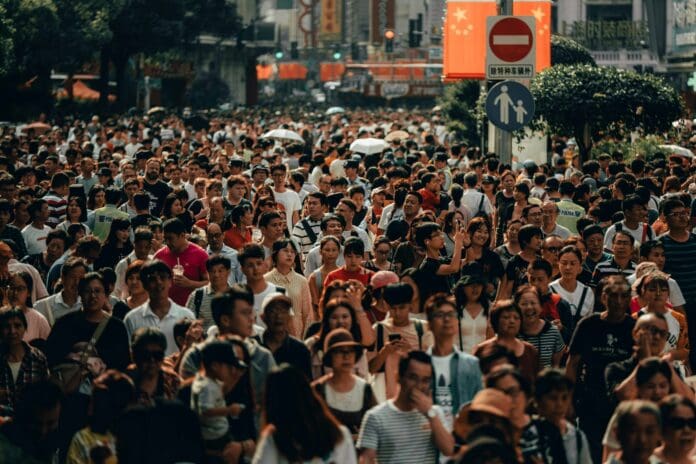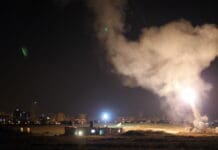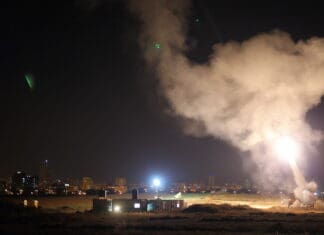This post is also available in:
 עברית (Hebrew)
עברית (Hebrew)
Researchers at KAIST have developed an advanced artificial intelligence system capable of predicting crowd movements with far greater accuracy than existing methods. Unlike traditional crowd monitoring technologies that rely primarily on headcounts, this system analyzes both the number of people in an area and their movement patterns over time—allowing for earlier detection of potential congestion or safety risks.
The technology was presented at the ACM SIGKDD Conference on Knowledge Discovery and Data Mining and offers a new approach to crowd prediction, based on a dynamic graph model that tracks not just population density (node data), but also flow between areas (edge data). This dual-layered analysis provides early warning of crowd buildup, even in areas that may not appear crowded at the moment, according to TechXplore.
For instance, a sudden risk in a narrow alley might not be visible from current density data alone. But when combined with flow data showing a steady stream of people entering from nearby zones, the model can anticipate that the area may soon become dangerous.
At the core of this system is a bi-modal learning technique that considers both spatial and temporal variables. The AI learns not only how different zones are connected geographically, but also how movement patterns change over time. A key component is a novel 3D contrastive learning method, which integrates spatial and temporal data to create a more complete picture of crowd behavior.
This allows the system to forecast not just where people are right now, but how the crowd is evolving—information that could be critical in preventing incidents such as crowd crushes or managing large-scale public events.
To validate the model, the researchers used real-world data from South Korea and the U.S., including subway movement data from Seoul, Busan, and Daegu, New York City transit information, and pandemic case data. The AI system showed up to 76.1% improvement in prediction accuracy compared to existing methods.
The research points to potential applications in crowd safety, urban planning, and even public health—offering a scalable solution for cities looking to enhance situational awareness in real time.


























